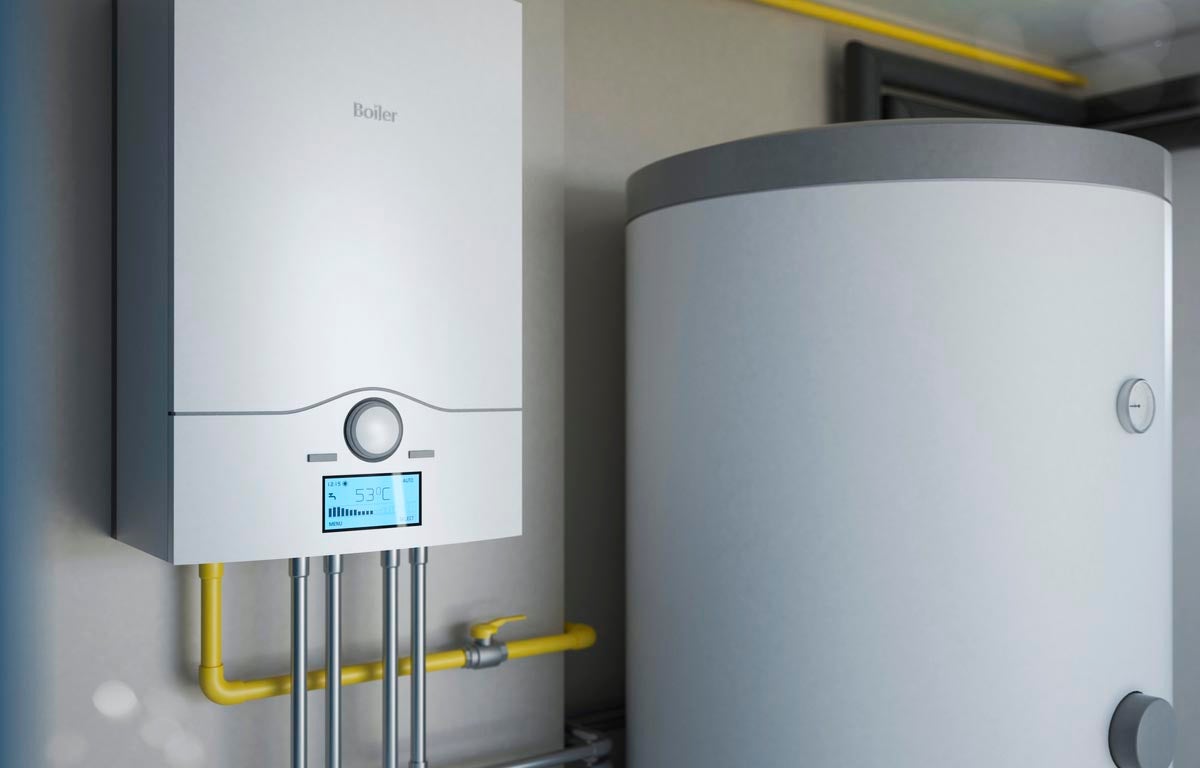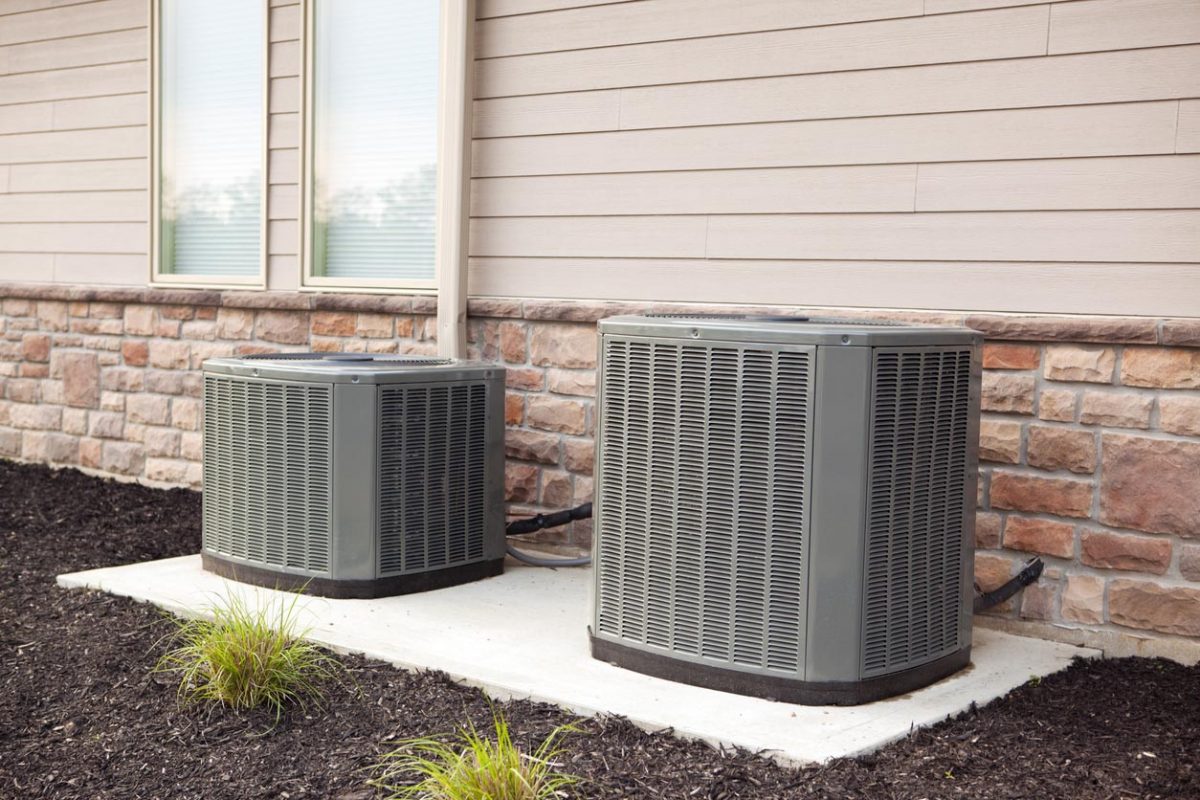True, under certain conditions, people can now live in enclosed places when the weather is cold and even enjoy the warmth of the most recent heating system developments.
Following on from our last post, we will now learn more about the various heating systems available today.
Hot-Water Heating Systems

Sometimes high-pressure hot-water systems give better results than steam, especially in large industrial plants and big buildings. The high-pressure water system has both a feeding and a returning line – it is held at a pressure high enough to keep the water from changing to steam. At temperatures of from 300 ° F. to 400 ° F. the water can transport heat on long runs of pipe without any serious heat loss. Water under high pressure is used as a source of heat for convector-type radiators. It may also heat the water for the hot-water supply of a building and for special industrial processes.
Variations are possible with both high-pressure steam or high-pressure hot water as a heat source. The main boiler, for example, may be located in the basement or at some other point in a large building or industrial plant. The steam or hot water may then be routed to another location as to the upper floors of a skyscraper. There it gives up its heat as it is passed through a so-called heat exchanger. The heat exchanger at that point heats water for use in an ordinary hot-water heating system for that particular part of the building. In an industrial plant each of the buildings may be heated by a local hot-water system, for which a central-heating plant furnishes the primary source of heat. Thi8s primary source may be high-pressure hot water or it may be steam.
Individual Heating Units

Individual heating units for rooms may operate as either convection heaters or radiant heaters or as a combination of the two. They are, in effect, miniature furnaces built to fit into a room instead of into a basement.
A radiant-heater unit may be set into a wall. It may be portable, with electric coils to provide the heat, which radiates to a reflecting surface in the unit. From the reflector the heat is transferred out to the surfaces of objects in the room. A fireplace is a radiant heater, since it radiates heat from its bricks as well as from burning logs of coal and embers, although it also heats by convection.
A gas-fired radiant heater should never be used without a vent to carry off the fumes. The products of combustion from the gas flame include carbon monoxide, a highly dangerous gas in an enclosed space. Such a heater also very quickly uses up the oxygen in a closed room and this lack of oxygen may cause asphyxiation.
The radiant heater heats more efficiently if it also heats by convection. An air space can be constructed around the metal backing of the heater so that cool air flows into the air space at the bottom and comes out of the top as hot air. Fans may be attached to electric heaters to draw cool air across the heater coils and metal fins and to blow hot air out into the room –a form of forced warm-air heating.
Panel Heaters

Panels for heating may be sections of floor, walls or ceiling. The source of heat may be hot air, warm water or electricity – steam is used in some cases. Heating pipes, tubes or ducts are buried in slabs of concrete or in plaster or are formed into other flooring or wall material. Electrical cables for heating may be laid into flooring or fastened to the walls and buried in the material. Fabrics threaded with electrical resistance units have been used as part of the finished room-heating surfaces. Ordinarily, the heated panel must be comfortable to touch. Temperature at heating panel surfaces should never be more than 120 ° F.

